Chapter One Introduction To Reciprocating Compressors
Introduction
Compressors are used whenever it is necessary to flow gas from a low-pressure system to a higher-pressure system. Flash gas from low-pressure vessels used for multi-stage stabilization of liquids, oil treating, water treating, etc.; often exists at too low a pressure to flow into the gas sales pipeline. Sometimes this gas is used as fuel, and them the remainder is flared or vented. In many instances, it is economically attractive to compress this gas to a high enough pressure so it can be sold. Compression may also be required for environmental reasons. Flash gas that might otherwise be flared may be compressed for sales or gas produced with oil (associated gas) may be compressed for re-injection to avoid, flaring or to help maintain reservoir pressure. In some marginal gas fields, and in many larger gas fields that experience a decline in flowing pressure with time, it may be economical to allow the wells to flow at surface pressures below that required for gas sales. In such cases, a booster compressor (one where the ratio of discharge to suction pressure is low) may be installed. Booster compressors are also used on long pipelines to restore pressure drop lost to friction. The use of large compressors is probably more prevalent in oil field facilities than in gas field facilities. Oil wells often require low flowing surface pressures and the gas that flashes off the oil in the separator must be compressed. Often, natural gas is, injected into the tubing of the well to lighten the column of liquid and reduce downhole pressure. This “gas lift” gas is produced back with good fluids at low pressure. Compressors are used so the lift gas can be recirculated and
Only logged in customers who have purchased this product may leave a review.


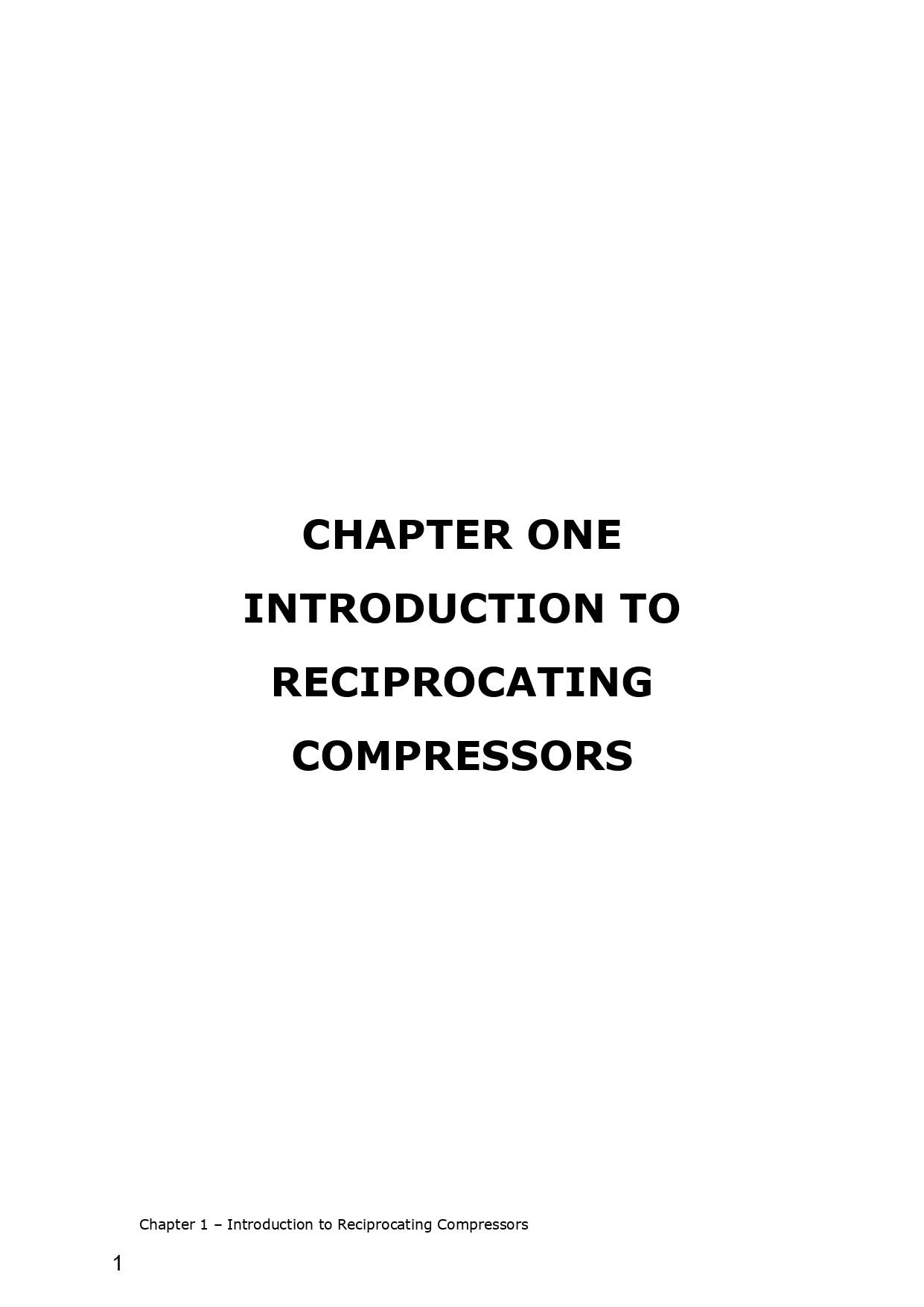

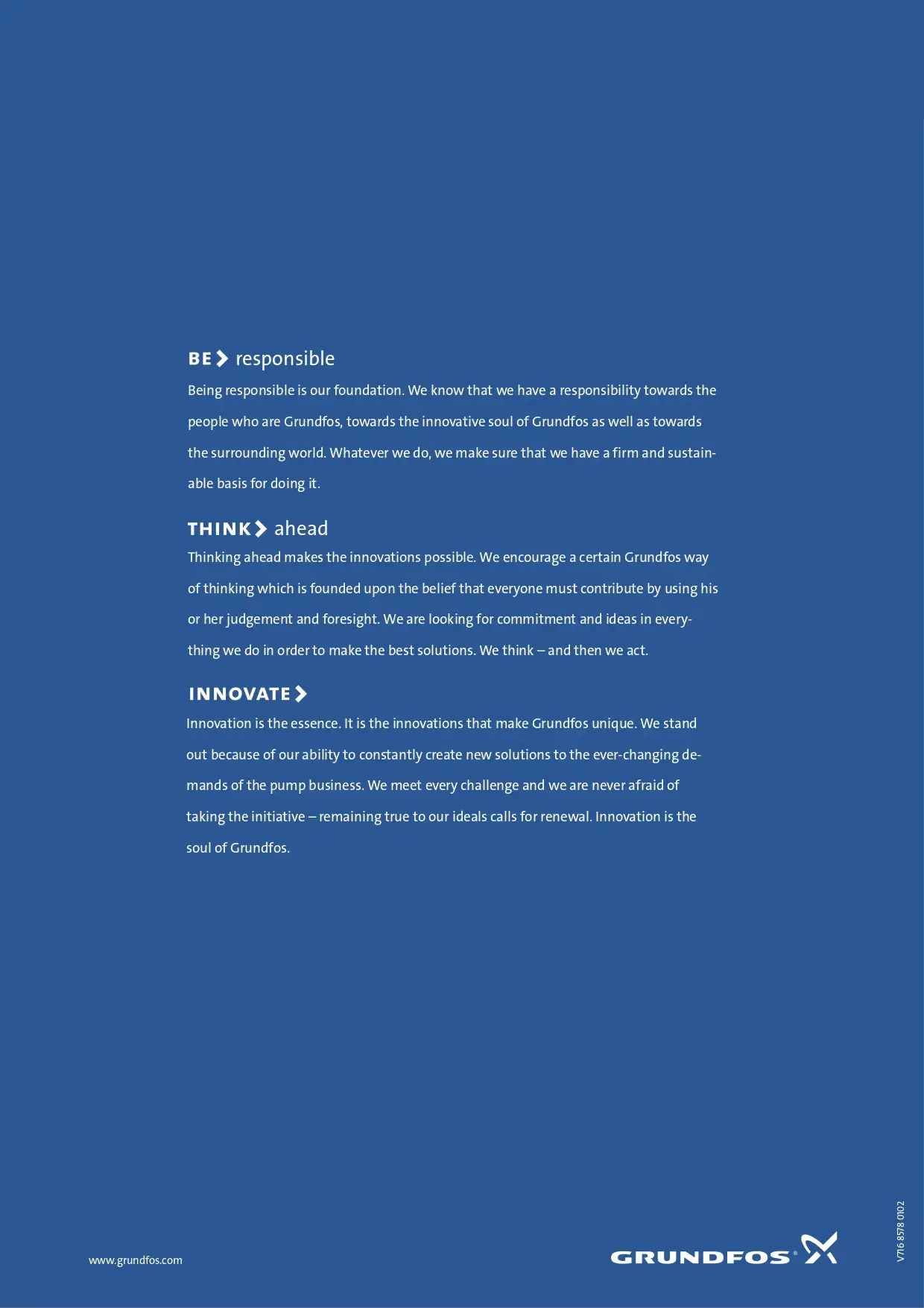
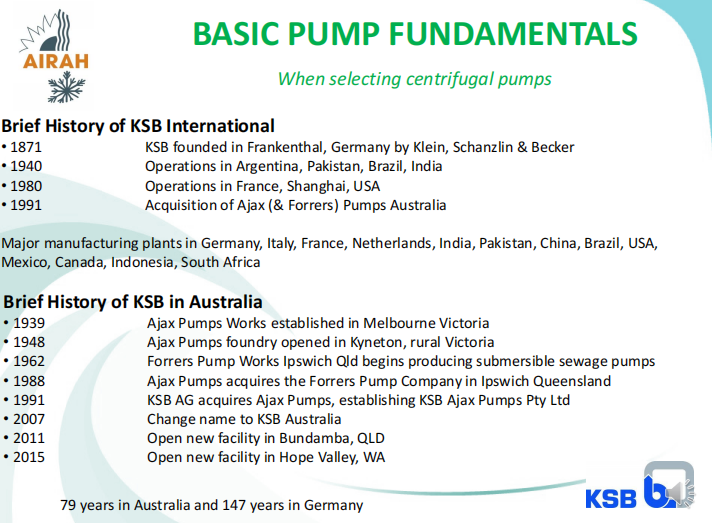
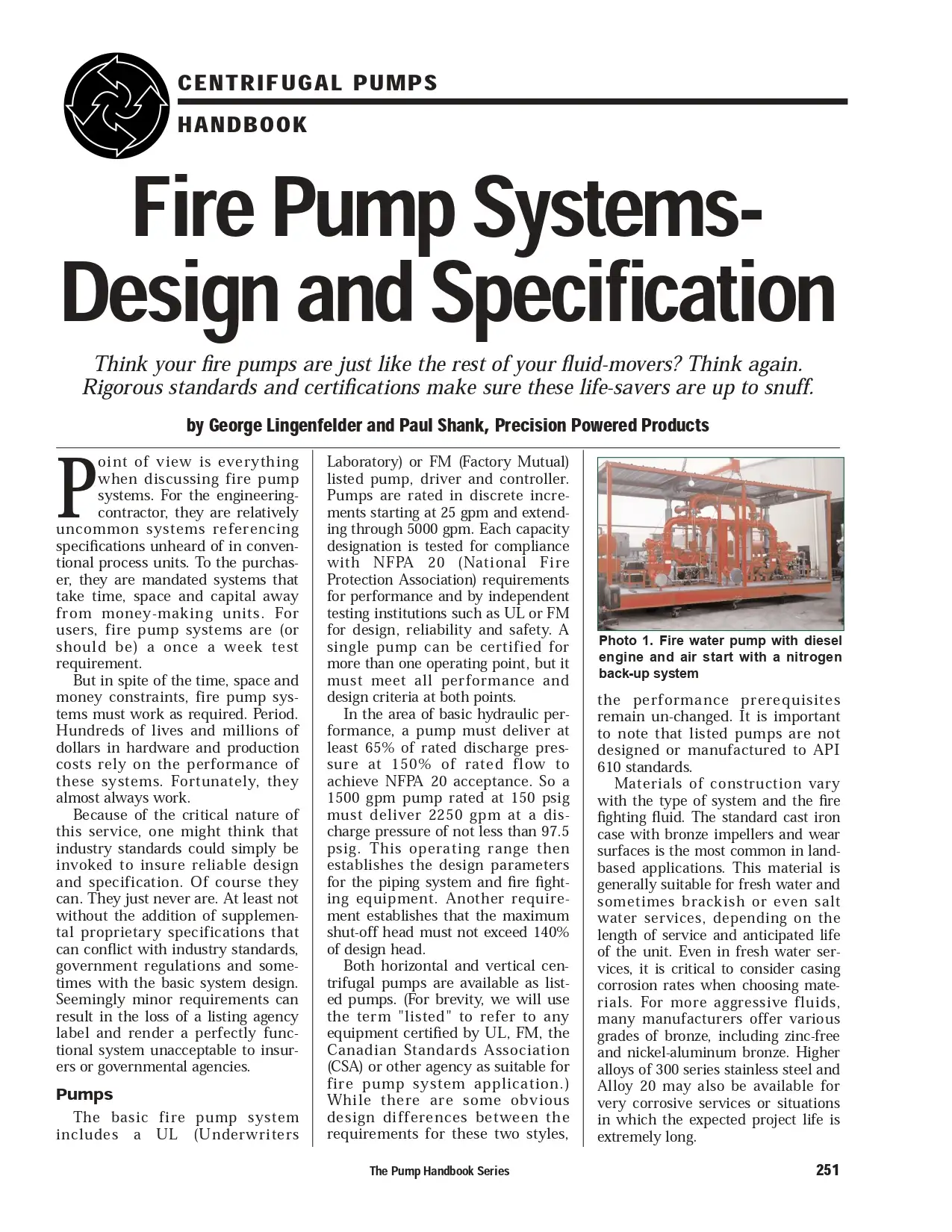

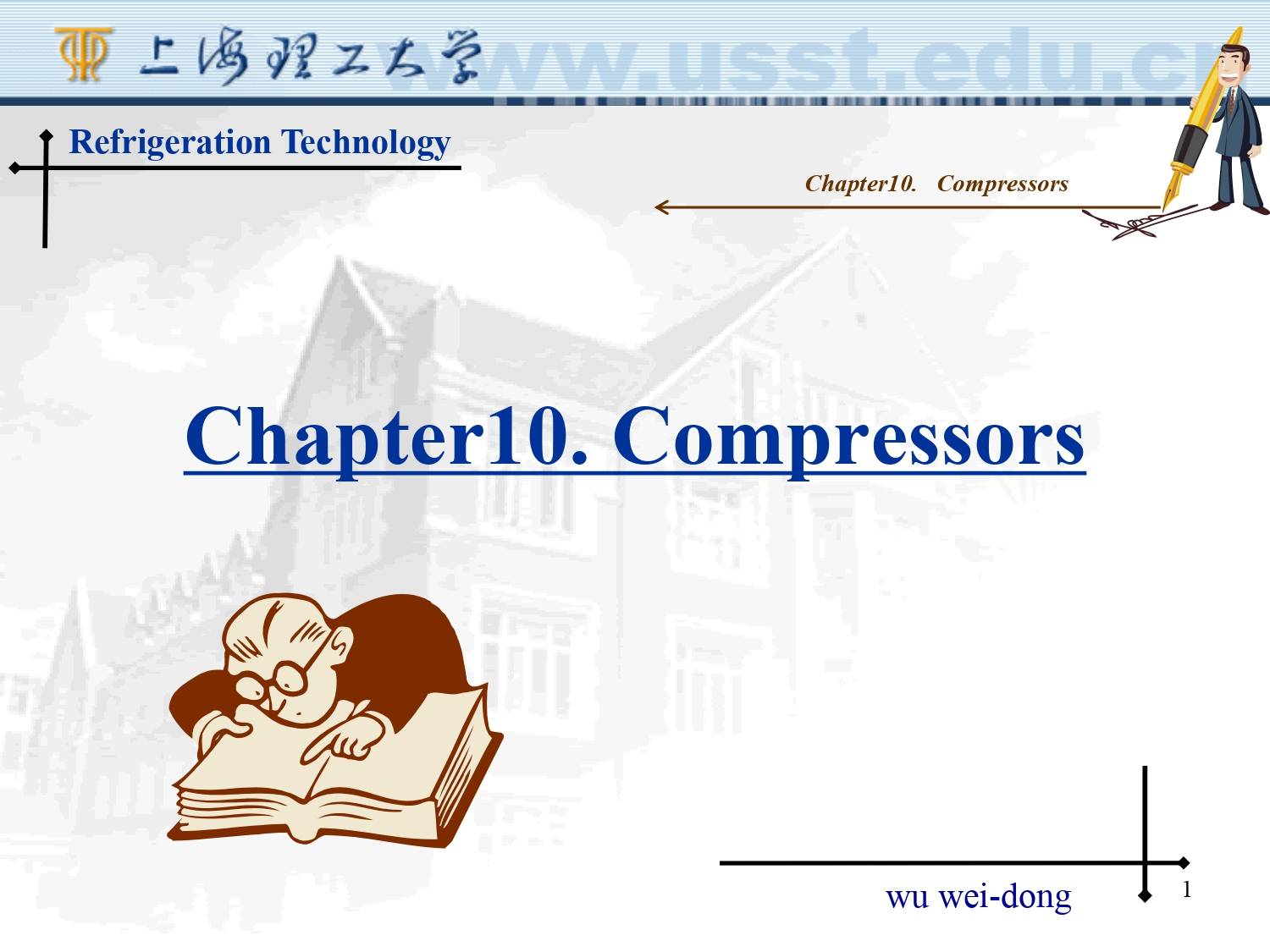
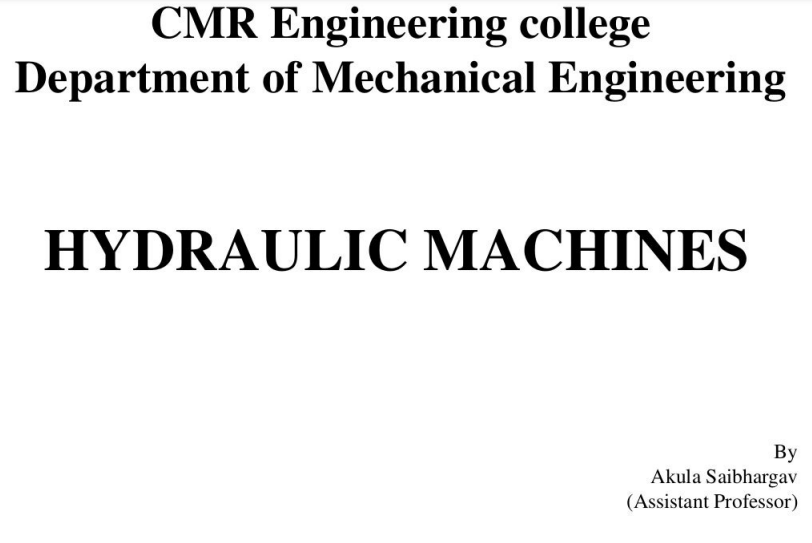
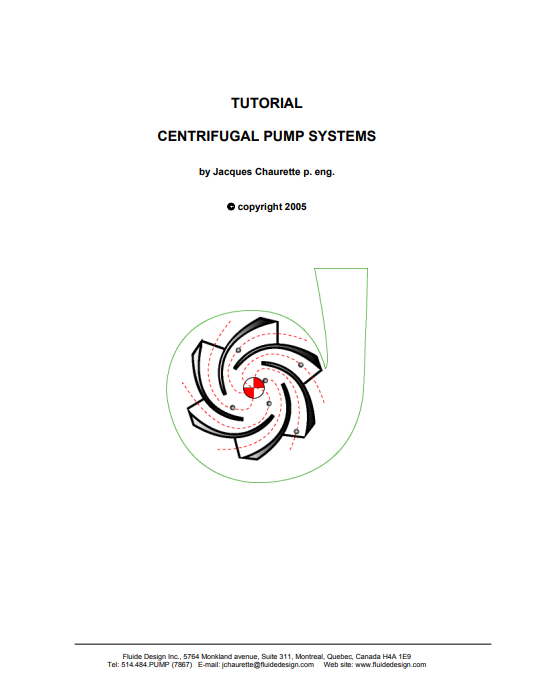
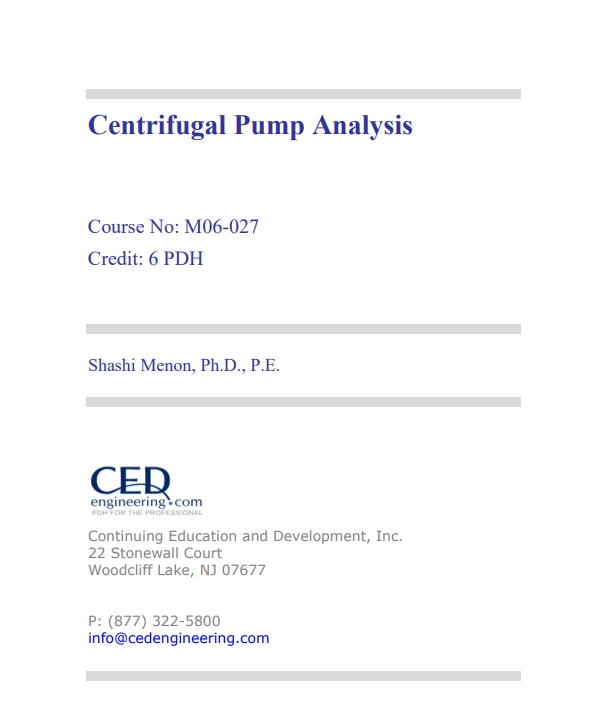
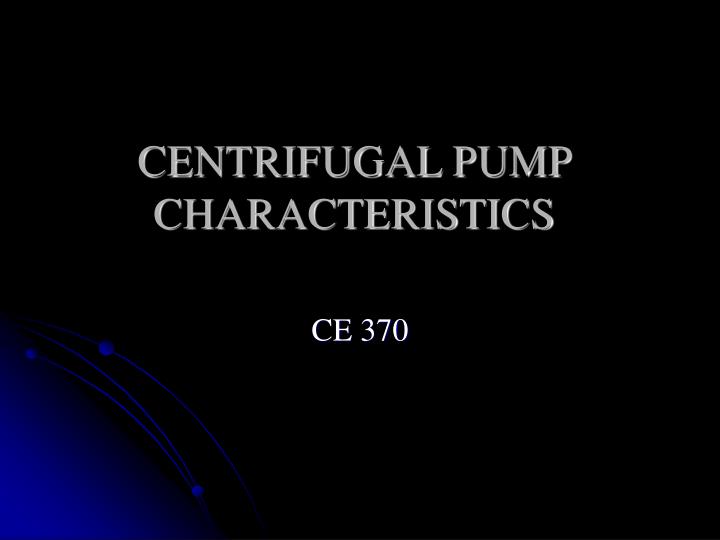
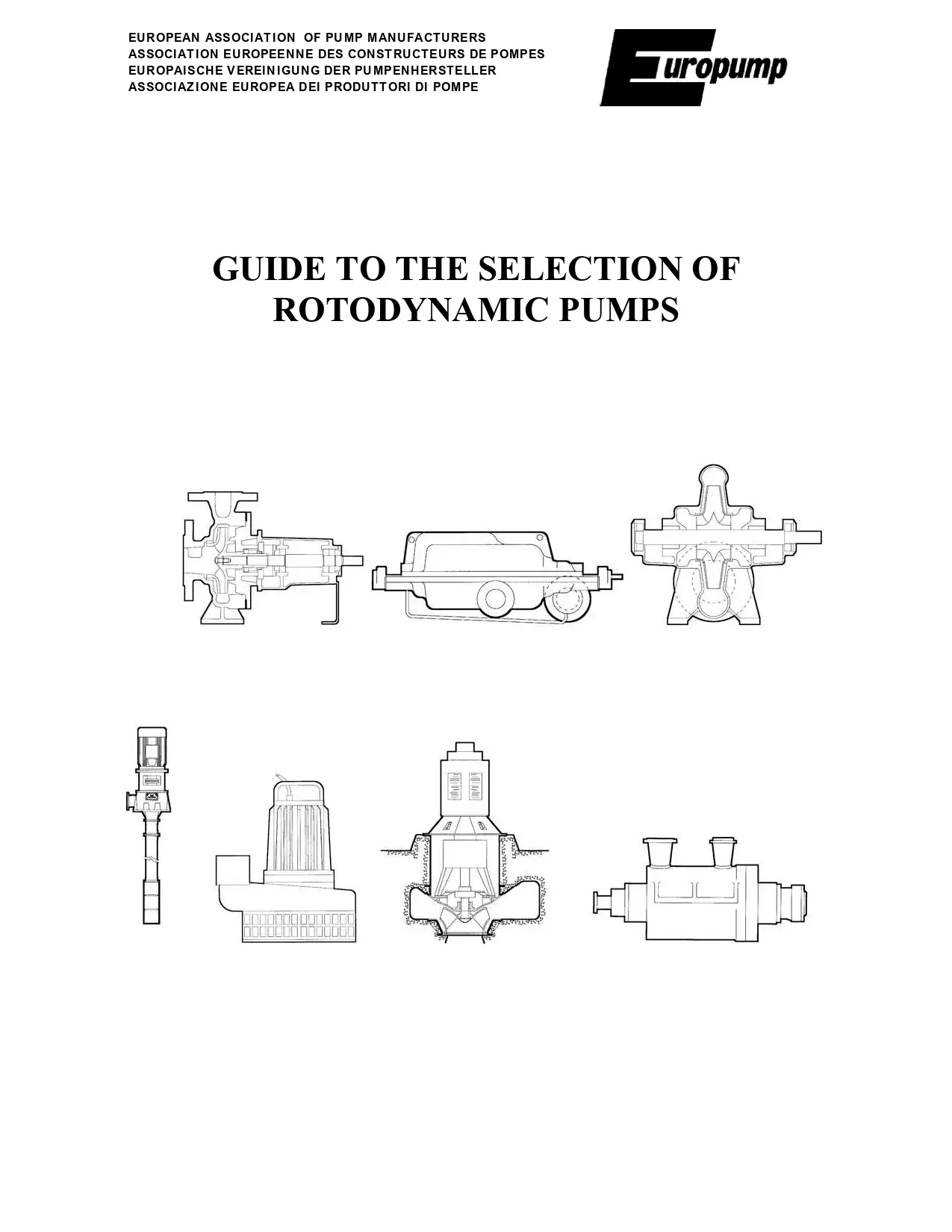
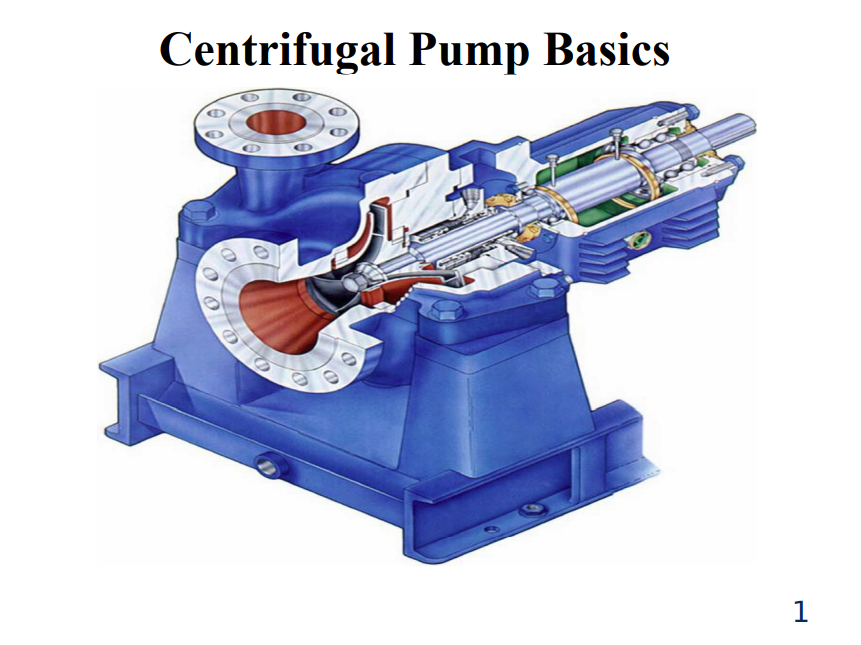
Reviews
There are no reviews yet.